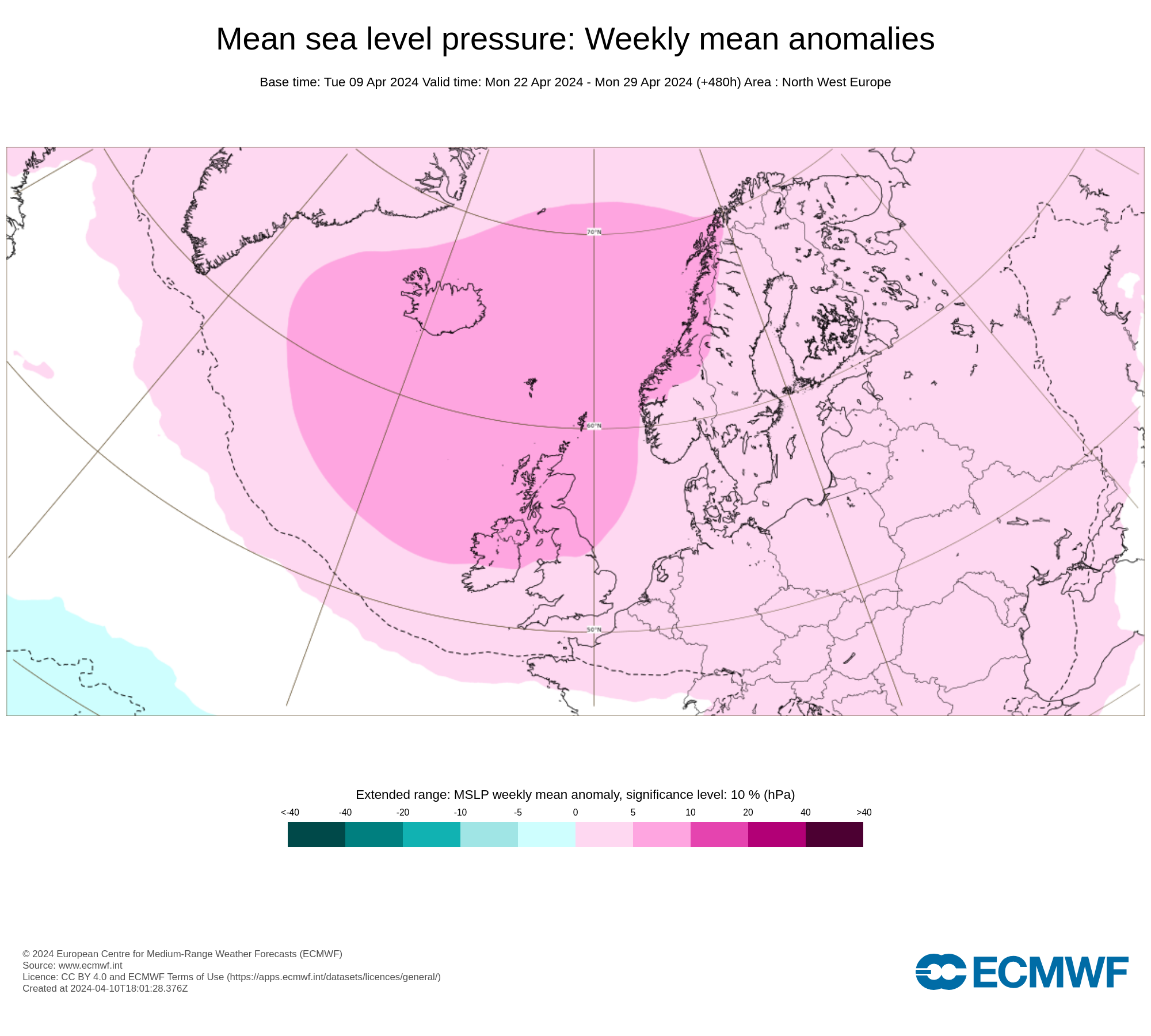This day 1987 parts of Ireland was hit with large amounts of snowfall
Heavy snow fell overnight on the 11th January 1987. The Isle of Sheppey was cut off from the mainland. This AA truck looks as though it has gone to the aid of the other truck.
In the first few days of January 1987, looking at the surface chart a cold spell seemed miles away as a strong High of 1032mb sat over Spain with the UK and Western Europe in a strong Westerly flow, temperatures through most of Europe were above normal, however in Scandinavia and Northwest Russia it was intensely cold.
The first change occurred quickly on the 2nd as the Iberian High shifted Westwards and low pressure transferred into the North Sea, a brief Northerly swept south across the UK but it was hardly cold.
On Sunday the 11th if January a cold southeasterly airflow covered Ireland. During the 12th of January sbow showers were mainly confined to the east and south of Ireland with sea streamers moving in of the sea leaving small accumulations much like the 2018 cold spell known as the beast from the east which see sea streamer giving accumulations of snow. Easterly wind on the date where reported to be moderate to fresh. Snow showers then penetrated further westward across Ireland and snowfalls started to seriously effect areas like Cork City and it Environs.
On Wednesday the 14th the midlands and east of Ireland reported appreciable amounts of snow and with moderate northeasterly winds and snowfall this lead to drifting occurring.
Road travel conditions became very poor with some main roads in the easts and midlands impassable. On Thursday the 15th temperatures again started to rise with temperatures rising above 0C leading to snow starting to thaw.
Unlike the 1982 situation roads which where cleared did not freeze over after Thursday and road and traveling conditions improved rather quickly
By the time Saturday the 16th and Sunday the 17th there where barley and traces of the snowfall that had occurred that week
Highest snowfalls recorded were as follows: Dublin Airport 19cm; Casement Aerodrome 12cm; Birr 12cm; Mullingar 12cm. Roches Point recorded its highest ever depth of snow at 12cm and a minimum temperature of -7.2 degree Celsius, the lowest there since records began in 1867.
maximum snow depths
THE BIG SNOW AND BIG FREEZE OF 1987 IN THE UK
The January 1987 snowfall (also known as the Big Freeze of 1987) was a very heavy lake-effect type snow event that affected the United Kingdom, mainly the areas of East Anglia, South-East England and London between 11 and 14 January and was the heaviest snowfall to fall in that part of the United Kingdom since the winter of 1981/82. Over 50 centimetres (20 in) of snow fell in South East England, with some locations reporting snowfall at 75 centimetres (30 in)
During the cold wave, more than 50 centimetres (20 in) of snow fell in parts of Kent, Essex, London and Surrey, and the North Downs reported more than 75 centimetres (30 in)Parts of West Cornwall also had heavy falls. Several towns were cut off due to the heavy snowfall including the Isle of Sheppey which needed airlifts during the height of the storm.
Snow drifts were several metres high in some areas
This was due to a high pressure system over Siberia that moved into Scandinavia which in turn dragged a strong easterly airflow and brought very cold temperatures across Europe and the United Kingdom. A low pressure system over Italy caused the airflow to drag the very cold air from Siberia to Western Europe and picked up further moisture from the North Sea which produced the heavy snowfall. This caused serious disruption of transport in the area including the cancellation of many train services and the closure of many roads and railway lines. Motoring organisations had to deal with more than 4000 car breakdowns and 500 schools were forced to close. The extreme cold even affected the chiming hammer of Big Ben and at Southend-on-Sea the sea froze over.
The cold spell lasted from the 7th to the 20th, and was probably the most intense of the twentieth century. Temperatures stayed well below freezing on many days. On the 12th, maximum temperatures were between −6 °C (21 °F) and −8 °C (18 °F) over much of England, with −9.1 °C (15.6 °F) the daily maximum at Warlingham. The lowest overnight temperature of −23.3 °C (−9.9 °F) was recorded at Caldecott, Rutland, making it the coldest recorded
You can find all the latest weather warnings and forecasts by downloading our app from the google play store by clicking below
















